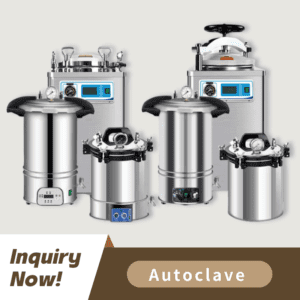
This article provides answers to common questions about heat sterilization while giving guidance to medical device distributors as well as procurement experts. This extensive FAQ serves as a valuable resource whether you need to select sterilization equipment or improve your knowledge of sterilization procedures.
Dry heat sterilization employs hot air to eliminate microorganisms by oxidation while moist heat sterilization uses steam to destroy microorganisms using heat combined with moisture.
The dry heat sterilization method eliminates microorganisms by applying hot air that performs oxidation. This sterilization method suits materials that cannot tolerate moisture or need high heat conditions.
Temperature Range: Typically 160°C to 180°C.
When using dry heat sterilization the exposure time needs to be extended to at least 2 hours at 160°C.
アプリケーション Powders, oils, and heat-resistant metals.
Moist heat sterilization kills microorganisms by applying steam at high pressure. Sterilization using moist heat proves superior in speed and effectiveness when applied to materials stable at high temperatures and capable of withstanding moisture.
Temperature Range: Typically 121°C to 134°C.
Sterilization requires only 15 to 30 minutes of exposure at 121°C.
アプリケーション Medical devices, surgical instruments, and textiles.
**Conclusion: The selection of dry versus moist heat sterilization methods relies on the nature of the material to be sterilized and the specific needs of its intended use.
Effective dry heat sterilization demands higher temperature settings compared to moist heat sterilization for proper microbial destruction. **
The process of dry heat sterilization demands higher temperatures in comparison to moist heat sterilization to effectively destroy microorganisms.
160°C (320°F): Requires 2 hours of exposure.
170°C (338°F): Requires 1 hour of exposure.
180°C (356°F): Requires 30 minutes of exposure.
The ideal temperature setting for dry heat sterilization varies according to both the composition of the material and the required sterilization duration.
The standard time required for sterilization using a dry heat oven depends on the set temperature and material characteristics. **
The sterilization process with dry heat takes longer because hot air transfers heat more slowly than steam.
160°C (320°F): 2 hours.
170°C (338°F): 1 hour.
180°C (356°F): 30 minutes.
The duration required for sterilization changes based on the materials’ size and type. Operators must adhere to the manufacturer’s instructions specific to their dry heat oven when using it.
Comparing moist heat sterilization with dry heat sterilization reveals that their effectiveness depends on the specific application and material type. **
The choice between moist heat sterilization and dry heat sterilization will vary based on the specific application and the material that needs to be sterilized.
Steam enables quicker and more efficient sterilization because it transfers heat more effectively.
Suitable for heat-stable and moisture-tolerant materials.
Widely used in healthcare and pharmaceutical industries.
Moisture-sensitive materials including powders, oils, and specific metals benefit from dry heat sterilization.
腐食や湿気による損傷の心配がない。
結論: No single sterilization method proves superior in all situations because material compatibility alongside specific sterilization requirements dictates the choice.
Heat sterilization is not appropriate for all types of materials. The selection of sterilization methods relies on how well the material can tolerate heat and how sensitive it is to moisture.
Heat-stable materials include glassware along with metal instruments and plastics that can resist heat.
Materials that can withstand moisture include textiles, surgical instruments and laboratory equipment.
Specific types of plastics along with rubber and electronic components show deformation or degradation when exposed to high temperature environments.
Dry heat sterilization or different methods become necessary when working with moisture-sensitive powders, oils and certain chemicals.
Use chemical or radiation sterilization methods when dealing with materials that cannot endure high temperatures.
Heat sterilization stands as a dependable solution for multiple industries to achieve sterility but requires knowledge of dry and moist heat sterilization techniques to choose appropriate equipment and methods. This article delivers essential information about heat sterilization to help medical device distributors and procurement professionals along with suppliers understand the process better.
If you’re looking for high-quality sterilization solutions or expert advice, contact us today to explore our offerings.
お問い合わせ
Eメール inquiry@shkeling.com
WhatsApp: +8618221822482
Dry heat sterilization uses hot air to destroy microorganisms, while moist heat sterilization uses steam under pressure. The choice depends on the material and application.
The ideal temperature ranges from 160°C to 180°C, with exposure times varying from 30 minutes to 2 hours depending on the temperature.
Dry heat sterilization typically takes 30 minutes to 2 hours, depending on the temperature setting.
Moist heat sterilization is faster and more efficient for heat-stable materials, while dry heat sterilization is better for moisture-sensitive items.
No, heat-sensitive and moisture-sensitive materials may require alternative sterilization methods.
より詳しい情報や滅菌に関するご相談は、今すぐ弊社までご連絡ください:
Eメール inquiry@shkeling.com
WhatsApp: +8618221822482

滅菌は、医療施設や実験室環境における感染制御の実践に不可欠な要素である。蒸気によるオートクレーブ滅菌は多くの用途に有効であるが、次のような場合には最適ではない。
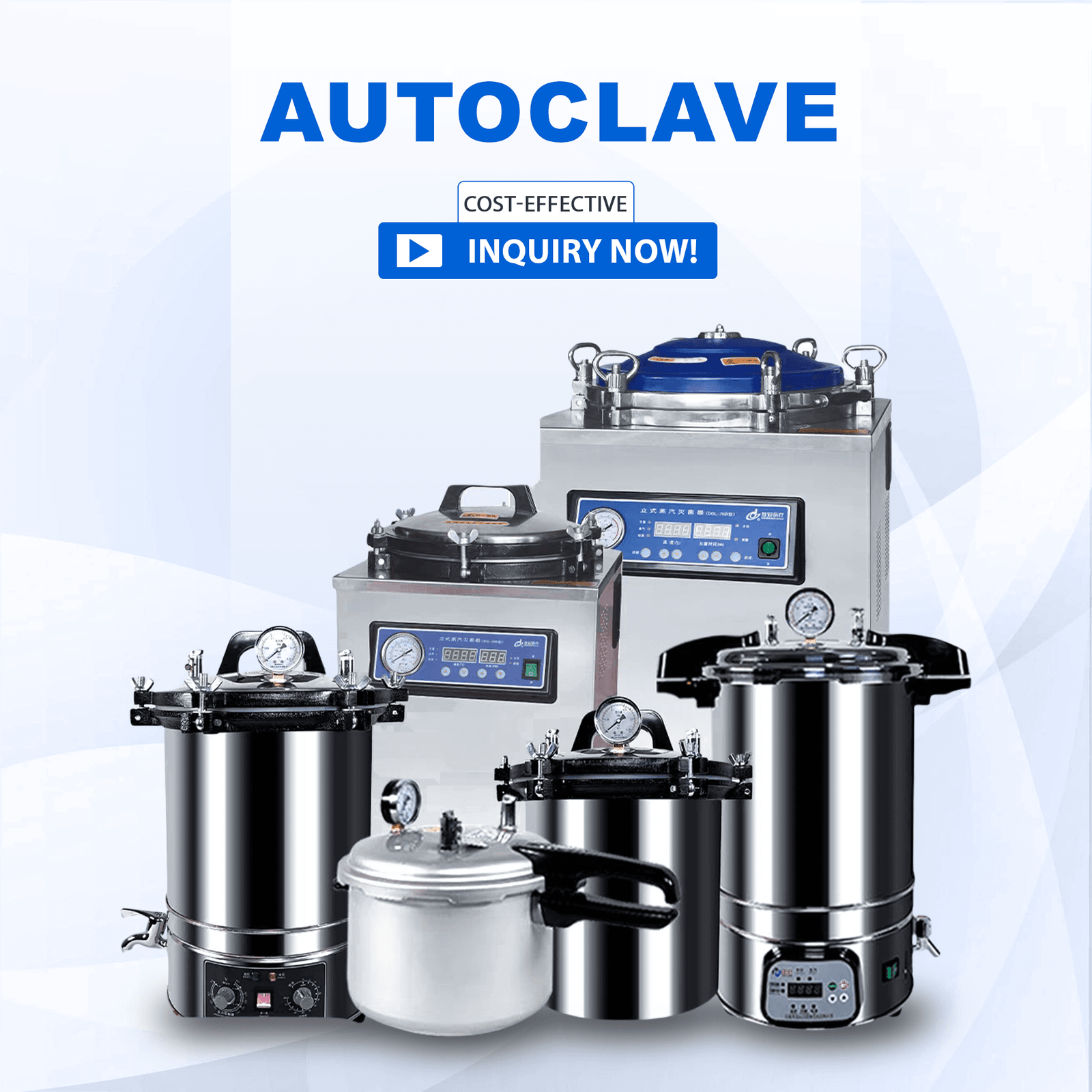
オートクレーブは、医療器具の安全性と無菌性を確保するための不可欠なツールとして、世界中の医療従事者から信頼を得ています。医療機器販売業者と調達専門家は、オートクレーブの原理と利点を理解する必要があります。

ヘルスケアの進歩により、医療器具を常に安全かつ無菌状態に保つことが不可欠となっています。医療機器の販売業者、ディーラー、調達の専門家は、効果的に業務を行うために滅菌方法を理解する必要があります。その
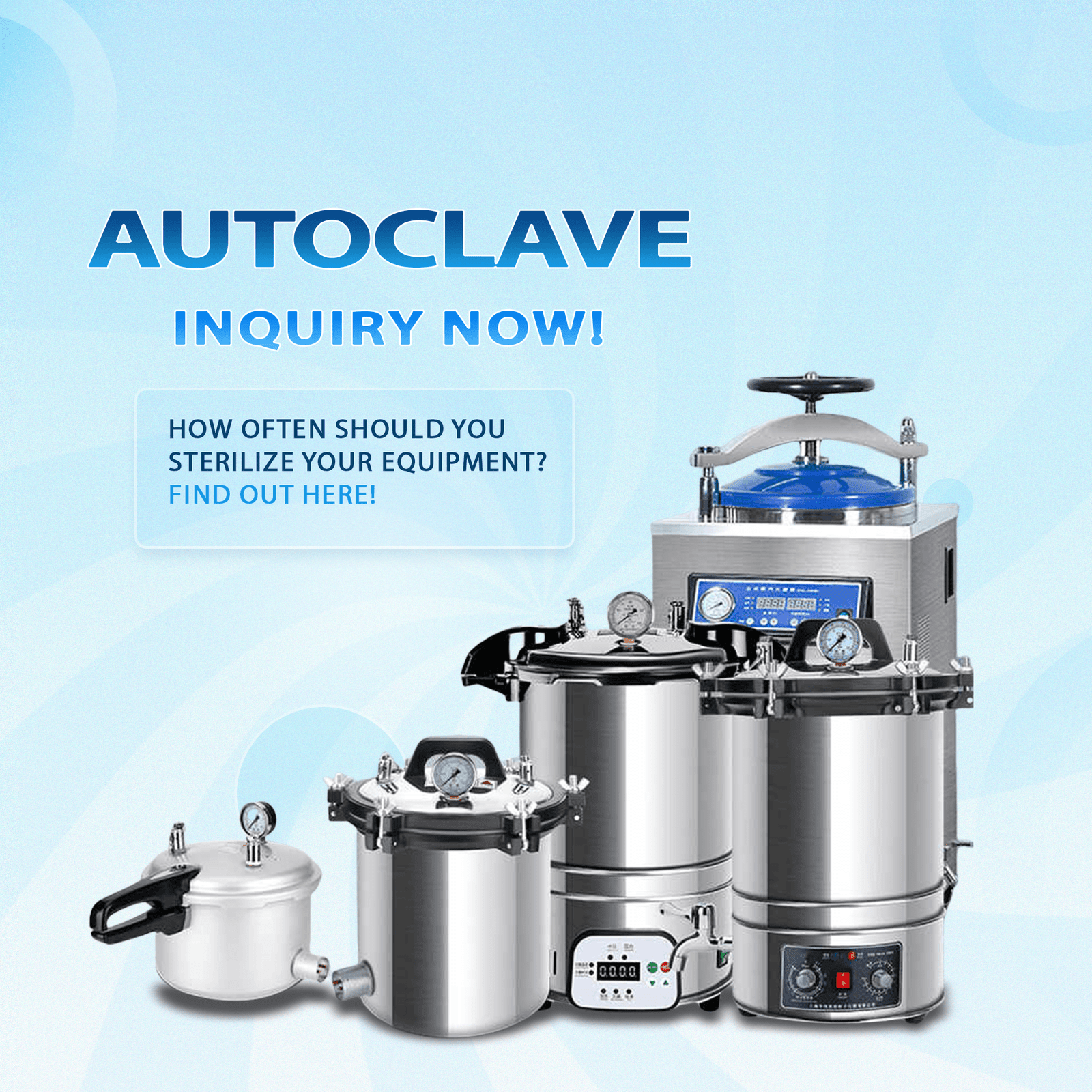
医療機器や器具の滅菌にオートクレーブが必要なのは、患者の安全を守り、規制基準への準拠を容易にするためである。最も洗練されたオートクレーブシステムでも、一定の限界があります。医療機器販売業者
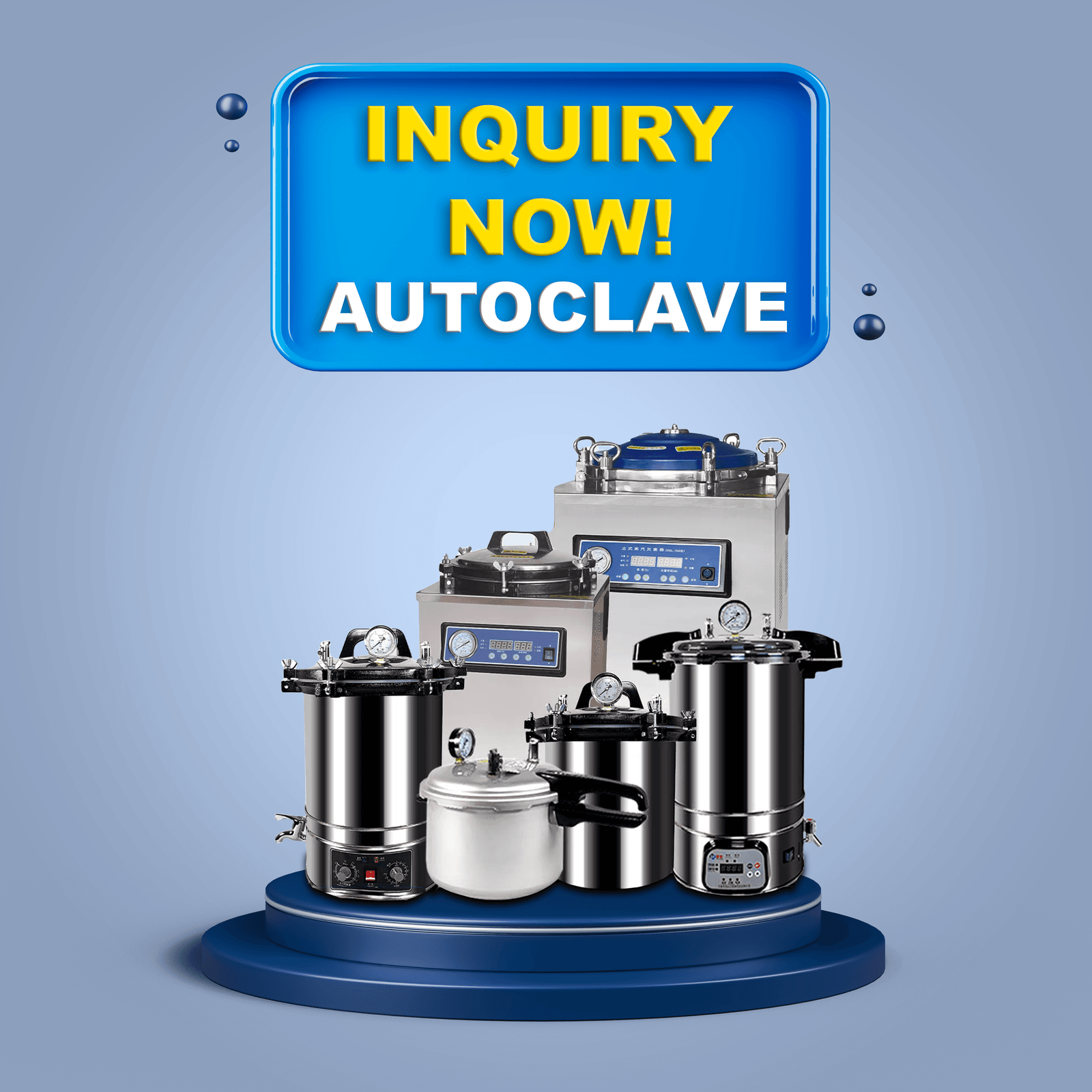
医療機器製造においてオートクレーブは、様々な器具や材料に一貫した滅菌を提供するため、必要不可欠な機器として機能する。オートクレーブは、高圧飽和蒸気を利用して、細菌、ウイルス、真菌
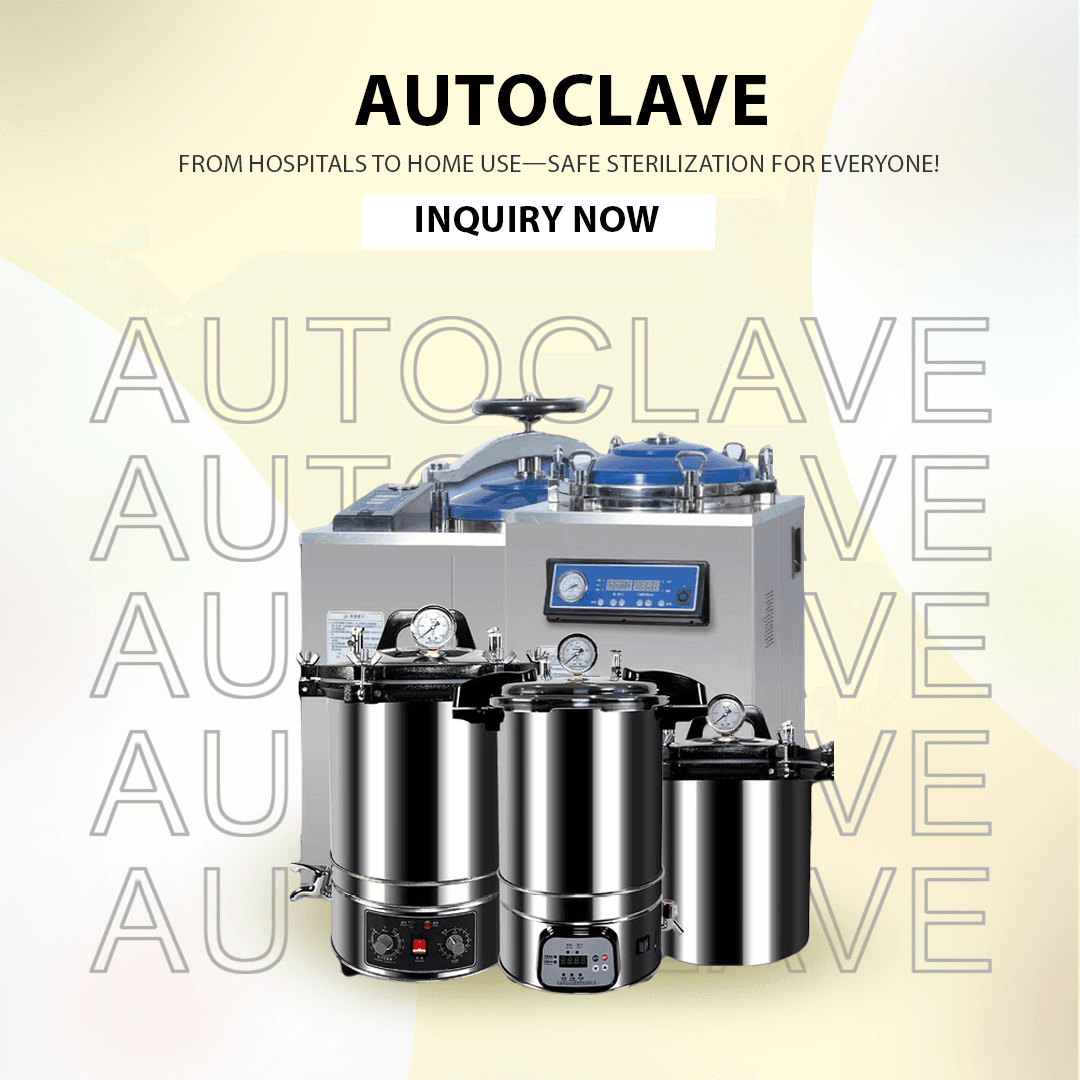
オートクレーブは、医療現場や科学現場において、器具や材料を一貫して滅菌する重要な装置として機能しています。医療機器の販売業者は、ディーラーや調達の専門家とともに、オートクレーブの機能を維持する必要があります。